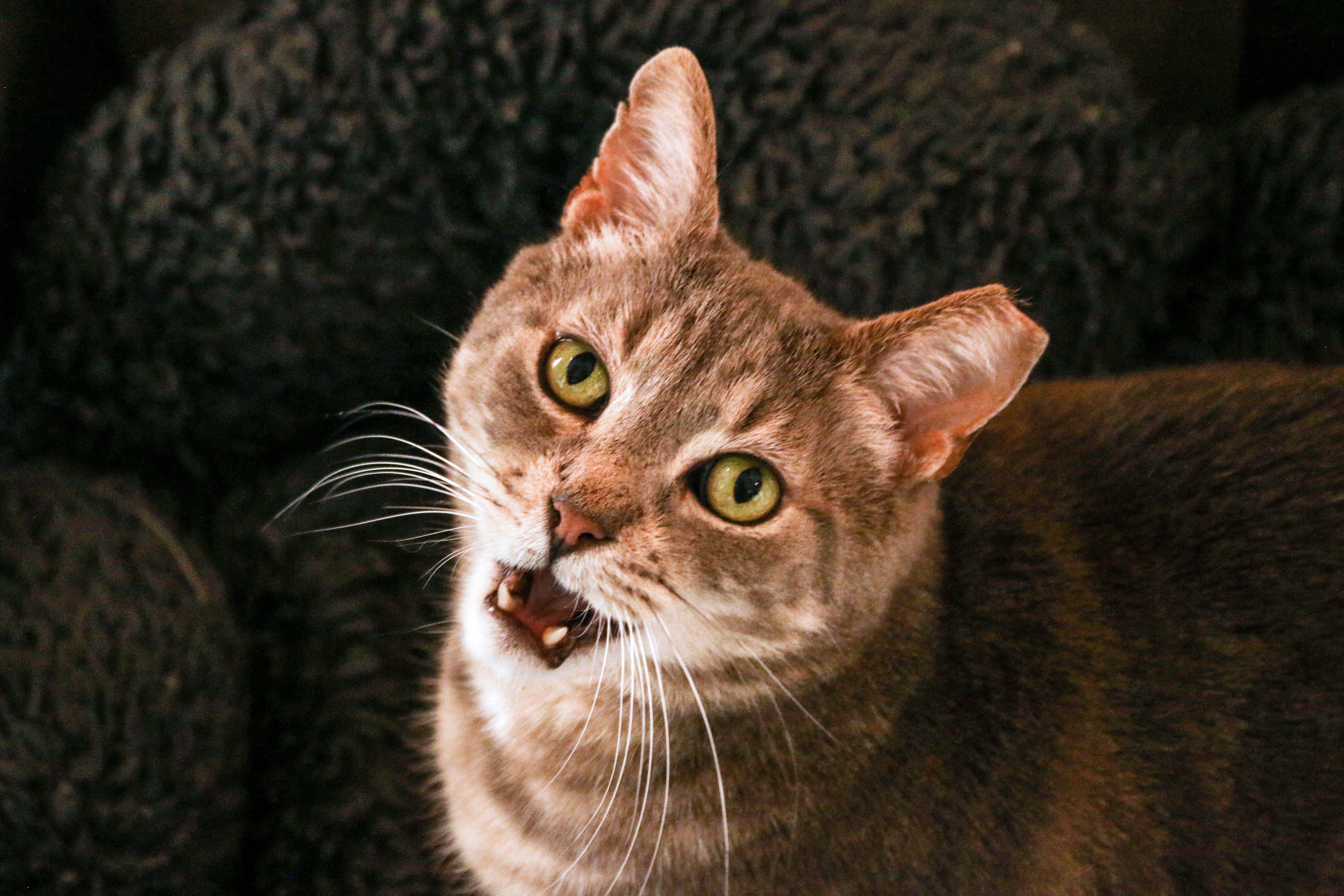Scientists have finally worked out how cats produce purring sounds
Research reveals how tiny felines make sounds of ‘incredibly low frequencies far below even lowest bass sounds by humans’
The mechanism behind cats making purring sounds has remained a mystery – until now.
The felines are known to produce three different kinds of sounds – meows, screeches and purrs. While the mechanisms behind their meows and screeches are known – they are generated in their larynx or “voice box” just like how humans can talk – the exact process behind purrs has remained unknown.
But a new study published recently in the journal Current Biology has unravelled how cats manage to emit the characteristic low-frequency sounds that humans find comforting. The study has revealed that a special “pad” embedded in the vocal folds of the felines helps them purr.
Research that dates back by half a century points to purrs being produced by a special mechanism in the vocal folds within the larynx. Previous studies point to the sounds being made due to a relaxation of the muscles in these vocal folds that require constant control from the brain via nerves.
The new study, led by researchers from the University of Vienna, however, shows these special muscle contractions are not needed to generate cat purrs.
The research demonstrates that the domestic cat larynx can produce impressively low-pitched sounds at purring frequencies without any neural input or repetitive muscle contractions needed.
Scientists said the sound production mechanism is very similar to human “creaky voice” or “vocal fry”.

“Cats have long been believed to produce their low-frequency purr vocalizations through a radically different mechanism involving active muscle contractions,” scientists observed.
The new research shows “cat larynges can easily produce sounds in the purr regime with fundamental frequencies of 25-30Hz without neural input or muscular contraction”.
It also found a special “pad” in the vocal folds of cats that enables these sounds.
“Anatomical investigations revealed a unique ‘pad’ within the cats’ vocal folds that may explain how such a small animal, weighing only a few kilograms, can regularly produce sounds at those incredibly low frequencies far below even than lowest bass sounds produced by human voices,” study co-author Christian Herbst said.
While the new research does outrightly refute the previous theory, researchers said it is also a “clear indicator” that the current understanding of cat purring is incomplete and warrants further research.
Join our commenting forum
Join thought-provoking conversations, follow other Independent readers and see their replies
Comments


Bookmark popover
Removed from bookmarks